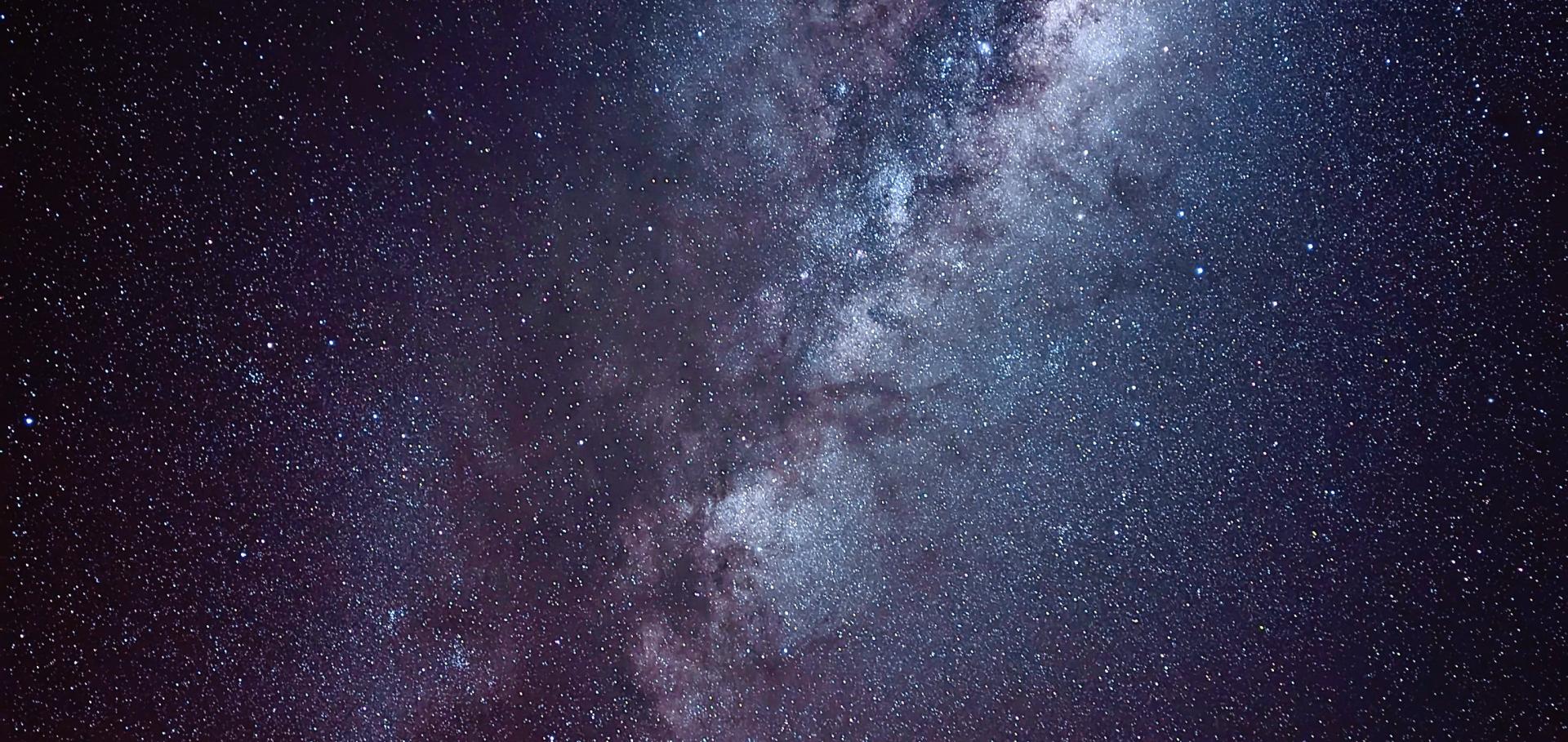Current Research
The ATLAS VRA [Completed]
Over the last decade humanity has developed an unprecedented capability to monitor the night sky and track its changing features: from Near-Earth Asteroids to Supernovae and other stellar explosions, the amount of transient events detected every night has already surpassed our ability to properly follow-up these events.
Explosive transients are particularly important to categorise because the various “flavours” they come in can inform different areas of Astrophysics, from the expansion of the Universe to the origin of the elements we need to create planets like the Earth.
The Asteroid Terrestrial impact Last Alert System (ATLAS) is an optical sky survey with 4 (soon 5) telescopes across the world! It can survey the sky with a cadence of 24 to 48 hours. There is plenty of automation in ATLAS to sift through the millions of alerts we receive every night. Basic quality cuts, cross-matching the differences to catalogues and using computer vision methods to remove the majority of the bogus alerts leaves us with a few hundred alerts to visually inspect (eyeball) every day!
My Schmidt A.I. Fellowship will addressed this need by creating a Virtual Research Assistant (V.R.A) that now performs 85% of the eyeballing.
Thanks to Professor Stephen Smartt (Astrophysics) and Professor Stephen Roberts (Machine Learning) for their mentorship.
Read more | Read the paper | Data Release
VRAs for the Fink and Lasair Data Brokers [In Progress]
More to come soon!
TarXiv! [In Progress]
More to come soon!
Past Research
Stellar Genealogy
In addition to my work as developer of the V.R.A. I remain involved in international team that aim to better understand the how different types of stellar explosions arise and track their stellar genealogy:
- The BPASS team (Binary Population And Spectral Synthesis code) works to provide state-of-the-art detailed binary stellar evolution data to compare to observational properties of stars. I am the developer of hoki, a python package which makes our data products easy to use (see GitHub and the JOSS paper). I used our data and additional numerical simulations to study the first confirmed Kilonova explosion GW170817 (see Nature Astronomy paper).
- The ENGRAVE collaboration is dedicated to following up the visible components of the explosions that come after Gravitational Wave events. The new observing run of gravitational wave detectors in 2023/2024 is expected to bring new candidate kilonovae which we will observe with some of the largest ground telescopes in the world. If good images of the home galaxy of these explosions can be obtained I will be able to track the most likely stellar genealogy of the neutron stars/black holes that lead to the events using the methods described in the papers cited above.

